California gold rush towns are booming again. Here’s what to see and do.
In the foothills of the Sierra Nevada mountains, former mining hamlets appeal to hikers, historians, and foodies.
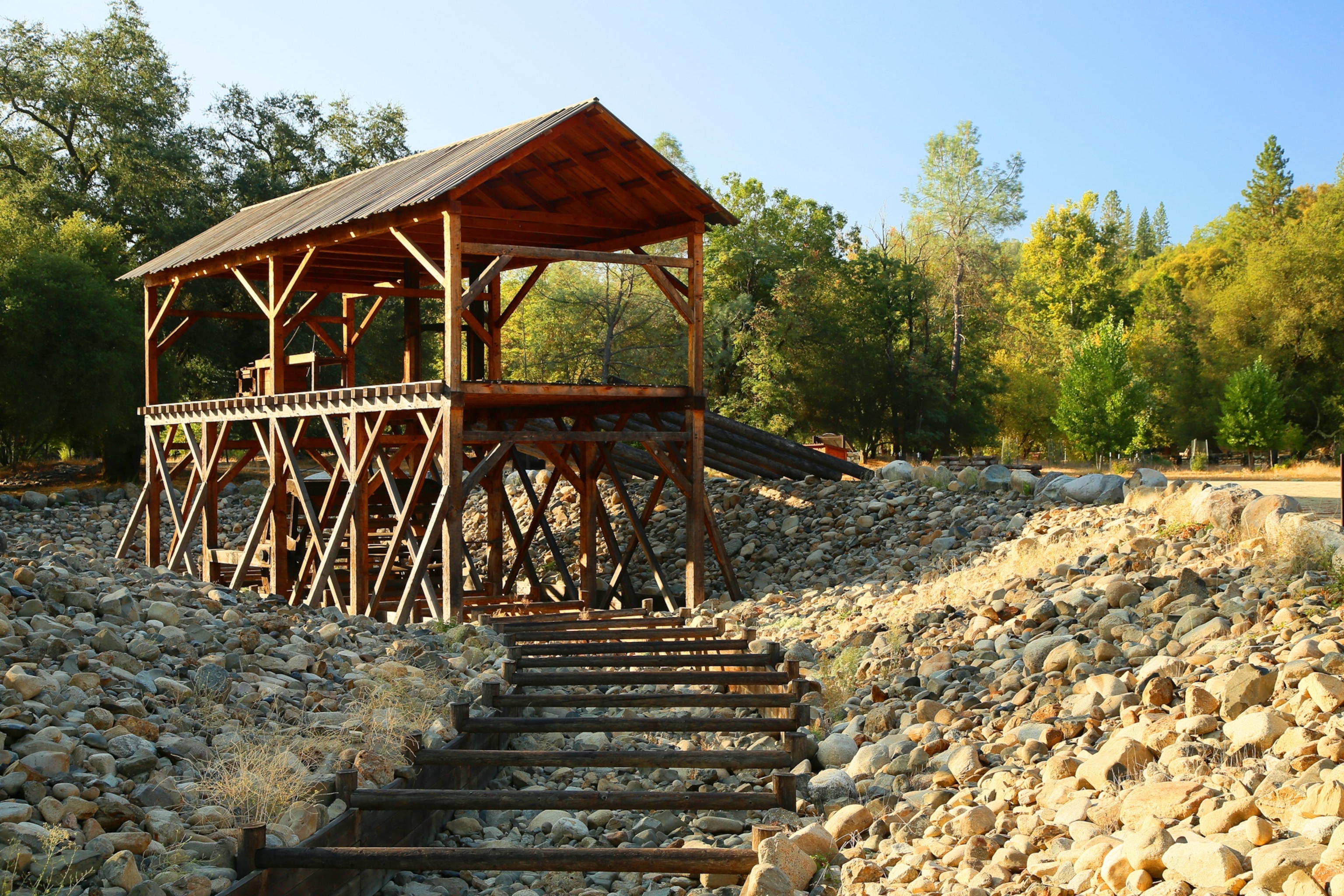
Northern California’s historic Gold Country is booming—for the second time. This string of former mining towns in the western foothills of the Sierra Nevada burst onto the scene in 1848 during the fabled gold rush.
Then, the first glinting rock was discovered in the American River at Sutter’s Mill, near Coloma (40 miles east of Sacramento), drawing thousands of prospectors to this region of sparkling blue rivers and oak-dotted hills. By the boom’s peak, in 1852, some $2 billion worth of gold had been extracted, but after two decades, most of the miners were gone, leaving defunct mines and faded Old West storefronts.
Now, Gold Country is experiencing a new heyday, spurred in part by an influx of new residents who moved here during the COVID-19 pandemic. The 80-mile drive along Route 49 between Auburn and Sierra City reveals historic towns with trendy shops and restaurants, revamped 19th-century hotels, and outdoor activities along with gold rush sites. Here’s how to explore.
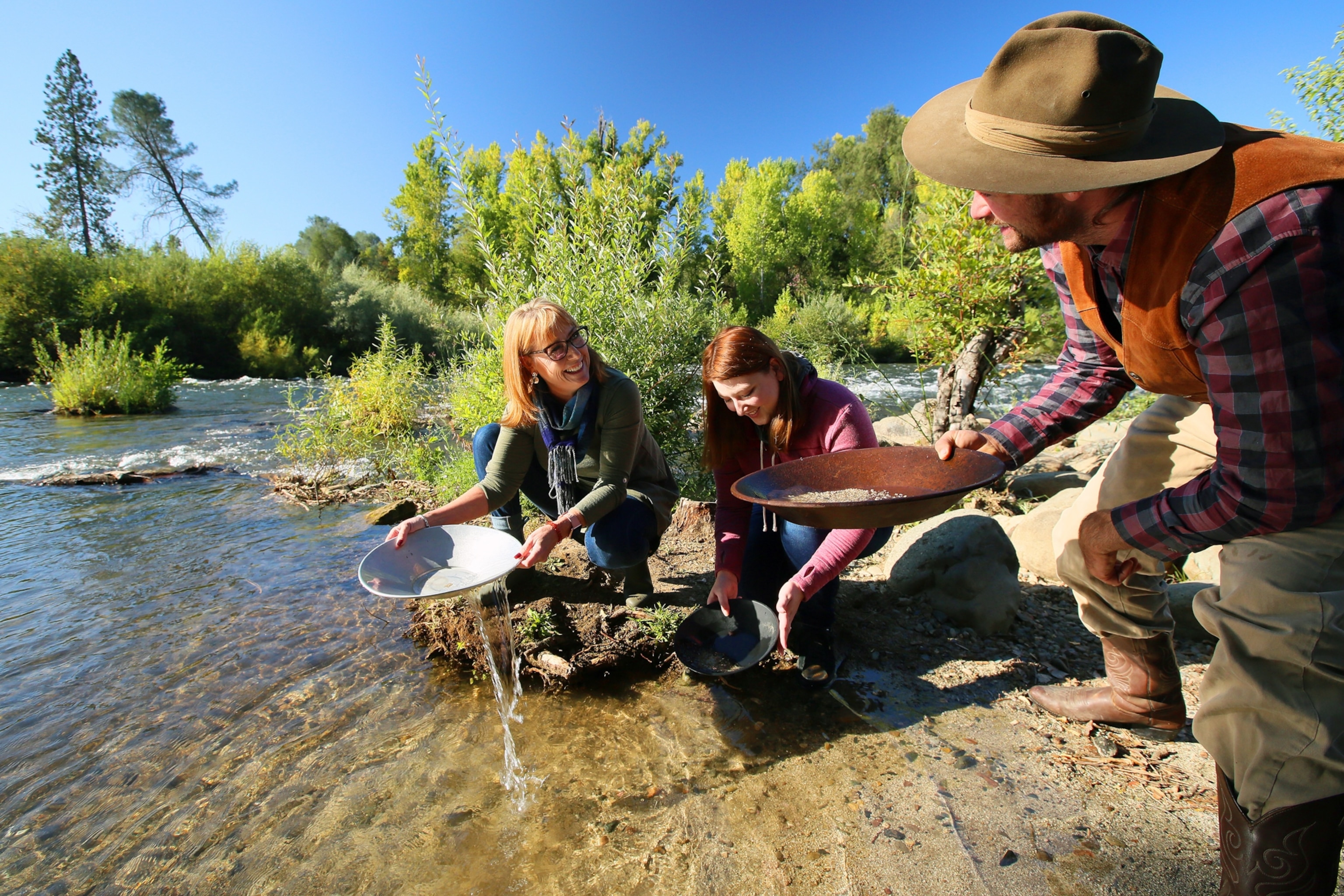

Hub of old and new
An imposing, 45-ton concrete statue of a hunched-over gold panner marks the town of Auburn, just off Interstate 80 east of Sacramento. It’s Claude Chana, a Frenchman who struck gold here on May 16, 1848, several months after the first strike near Sutter’s Mill. Though no local boom followed his discovery, Auburn did become the county seat and a supply center for nearby mining camps.
(See how the gold rush transformed California.)
Today, Auburn mingles historic and contemporary attractions. Many of the 19th-century buildings in the Old Town hold museums such as the Auburn Joss House, which looks much the way it did a century ago when it served as a temple, schoolhouse, and hostel for Chinese immigrants who worked as low-paid mine laborers. On the first floor of the domed, 1898 Placer County Courthouse, a museum displays jumbo gold nuggets and other artifacts related to local history.
Newer businesses include Typewriter + Moss, where locally made walnut wood charcuterie boards, earrings, and other wares are sold under a vintage stamped tin ceiling, and Auburn Old Town Gallery, which showcases paintings, ceramics, and photos by local artists. The Pour Choice, a two-story coffee bar and beer tap room, bustles with young professionals on laptops and parents with kids in tow.
“The beauty of Auburn is that you can’t change much on a macro level,” says Jordan Minyard, Pour Choice’s owner and an Auburn native who is bullish on smart, small-city development. “We live on a canyon wall, and it’s already built out as much as it can be built out.”
Wild West hotels reborn
North of Auburn, Route 49 delves into the pine tree-filled heart of the Sierra Nevada rugged foothills. Drive 25 miles to reach two of Gold Country’s richest historic boom towns: Grass Valley and Nevada City, just 10 minutes apart. The nearby mines (including Empire Mine, now a state historic park), which operated between 1850 and 1870, extracted more than $400 million in gold. Both towns built flourishing business districts filled with Victorian brick theaters, saloons, restaurants, and boardinghouses.
Today, juice bars and indie boutiques occupy some of the historic buildings, catering to a population of spiritual practitioners and young families, many of whom moved to the region during the pandemic.
(Discover why costumed tourists flock to this Wild West town.)
Two gold rush-era hotels have been rehabbed and reopened as well: the Holbrooke in Grass Valley and the National Exchange Hotel in Nevada City. Both were built in the 1850s to cater to crowds (Mark Twain and outlaw Black Bart were among guests) but fell into disrepair by the 2010s. The pair feature decor nodding to the area’s rough-and-tumble past (vintage furnishings, colorful wallpaper, clawfoot tubs) with modern comforts like in-room Bluetooth speakers and cheffy restaurants.
“The hotels have been home to more than 165 years of community celebrations, cultural traditions, and important historic events,” says Sherry Villanueva, owner of Acme Hospitality, which runs both properties.

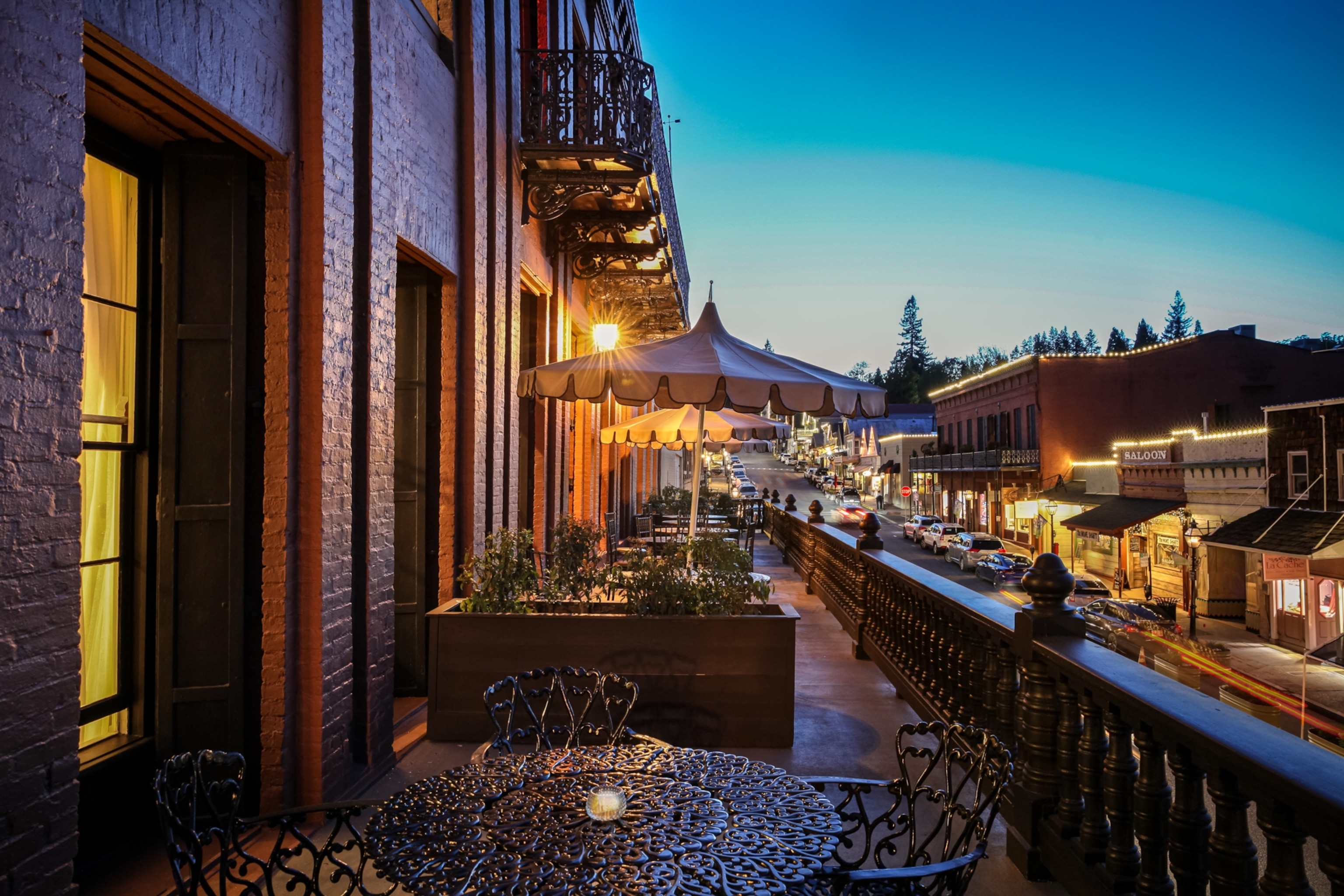
North into wild mining country
North of Nevada City, Route 49 plunges through a deep canyon carved by the Yuba River, sparkling far below. On the canyon’s far side, Downieville perches at the confluence of the Yuba and Downie Rivers. This rustic biking and fishing hub has down-home restaurants and cozy historic inns. Its population surges each July with the epic Downieville Classic Mountain Bike Race.
(Visit Hollywood film sets and Old West towns in California’s Tuolumne County.)
About 10 miles east, tiny Sierra City holds a cluster of houses and businesses hugging Route 49. Founded in 1850 by prospectors, it’s home to the Kentucky Mine, with a museum packed with mining paraphernalia, and the Sierra Pines Resort, a longtime family vacation destination with an old-timey lodge and cabins. The restaurant serves cornmeal-crusted rainbow trout and apple-brined pork chops on pine-shaded outdoor tables facing the craggy Sierra Buttes.
The Lost Sierra Trail is born
The northernmost reaches of Route 49 touch on the Lost Sierra—a remote region of 8,500-foot peaks, towering trees, and turquoise lakes. Changes are happening here, too. The Lost Sierra Trail, kicked off in 2021 by the Sierra Buttes Trail Stewardship, eventually will be a 600-mile network of multiuse trails threading through 15 towns and six counties.
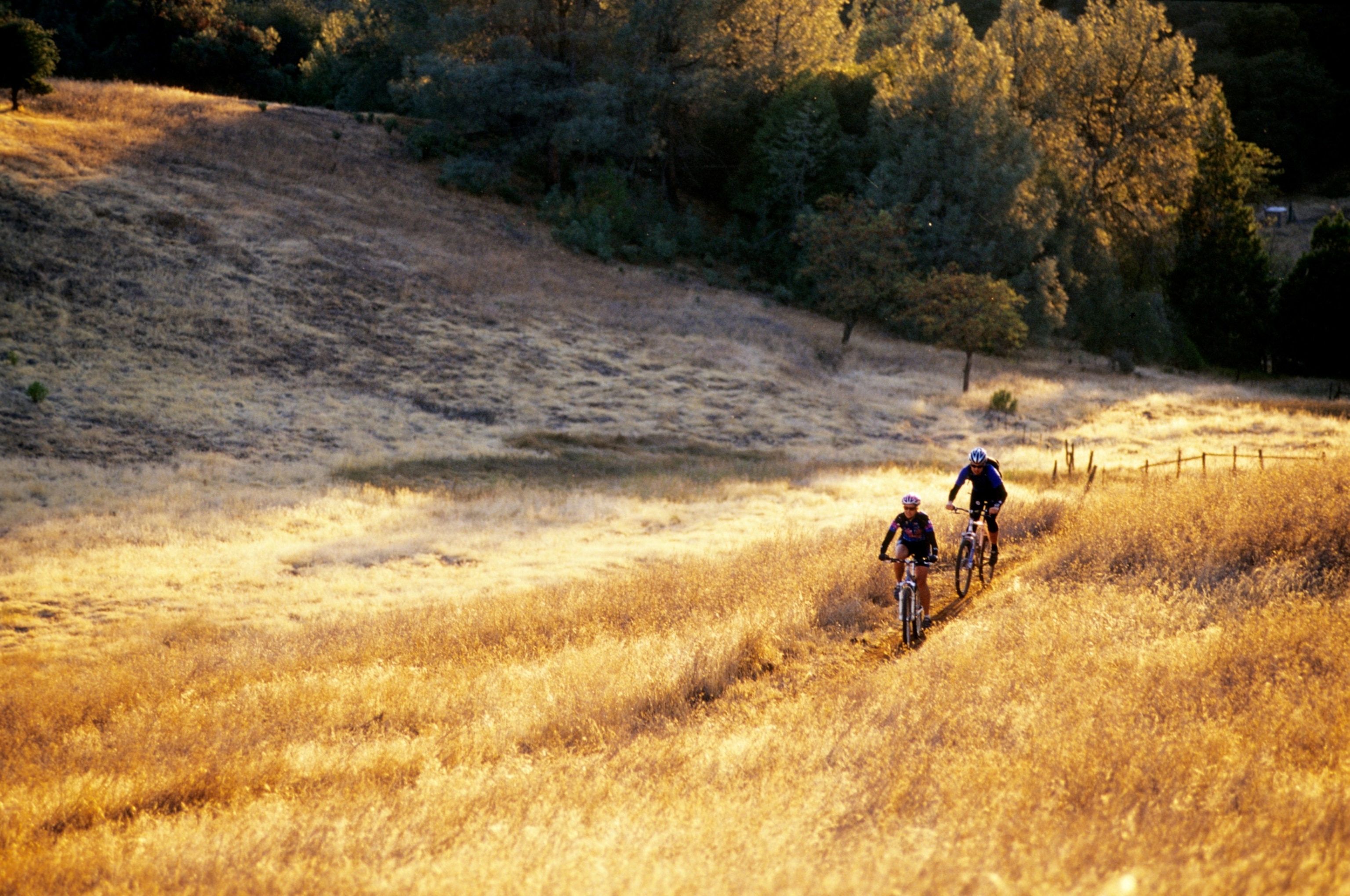
The trail network, ideal for hikers, mountain bikers, and equestrians, recently opened its first 50 miles in two sections, connecting Downieville to Graeagle, and Quincy’s horse country to Taylorsville. Another 10-mile section from Mount Hugh in Quincy to Taylorsville launches in 2024 and the entire network should be finished by 2030.
Indigenous peoples and then gold prospectors were the first travelers along these wild byways. “These trail systems are the original economic transportation system of the area,” says Gina Achilles of the Sierra Buttes Trail Stewardship. “It’s fitting that we are using these same trails to bring a different kind of gold to the region.”

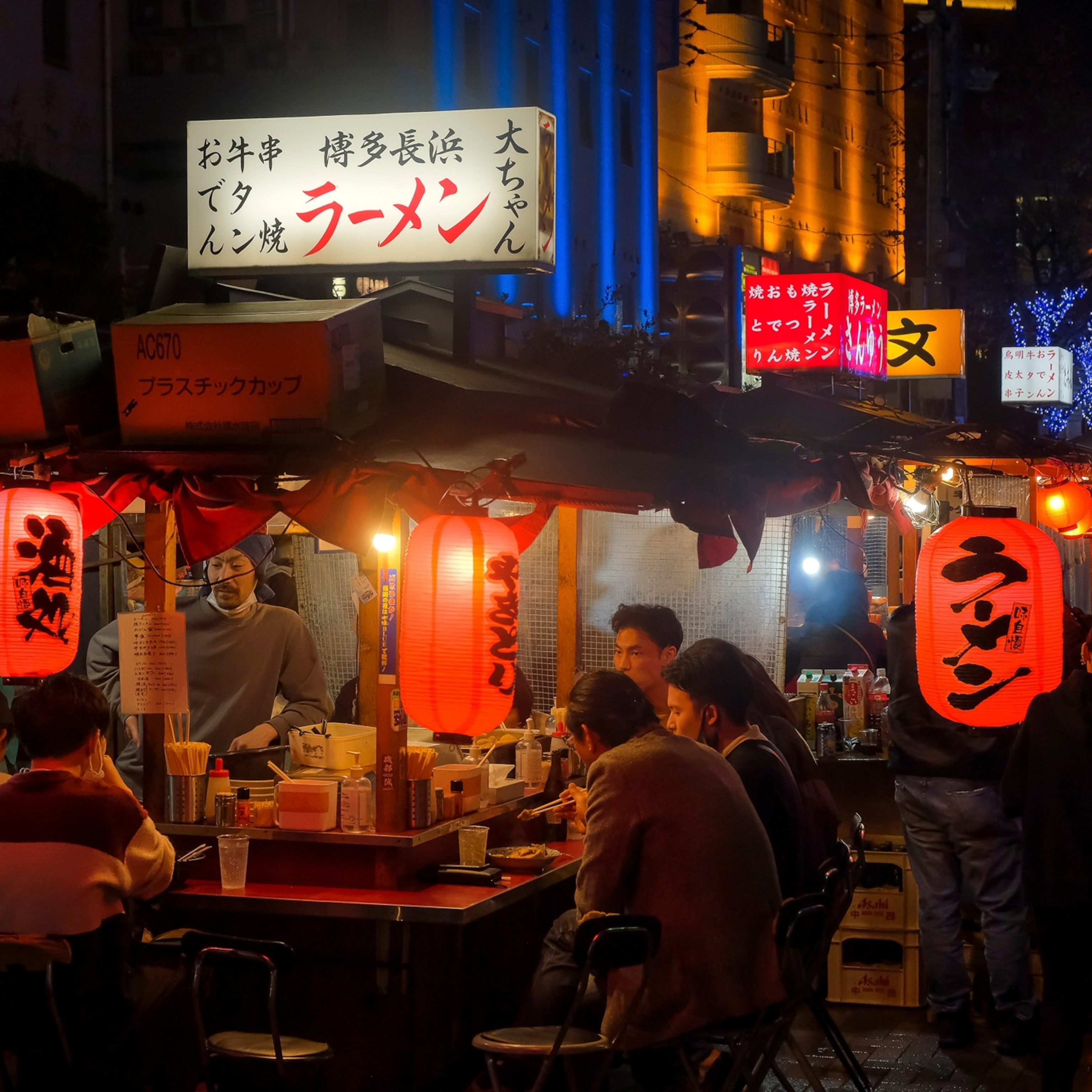


_4x3.jpg)


